- Home
- slideshows
- miscellaneous
- 27 stunning photos of the cosmos taken this year
27 stunning photos of the cosmos taken this year
This was a year of stunning space photography.

Perhaps the most famous image of the cosmos in 2019 was this fuzzy, glowing ring — the first photo ever taken of a black hole.
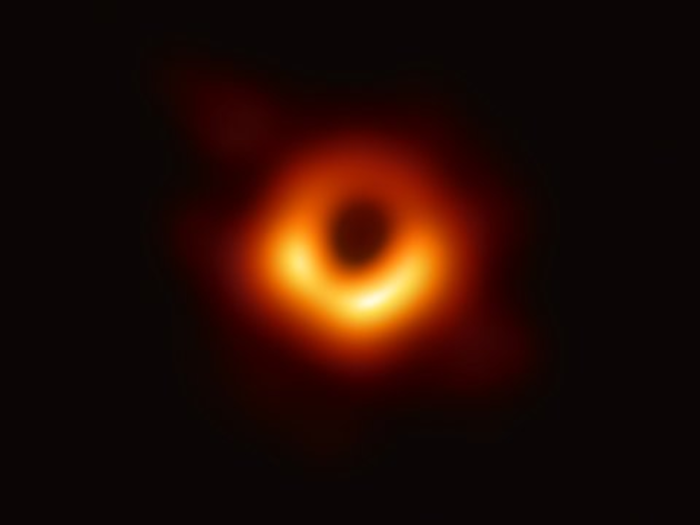
The international Event Horizon Telescope Collaboration released the photo on April 10 — a major milestone for space research. The accomplishment earned the team a Breakthrough Prize, which is considered the "Oscars of Science." The $3 million prize was divided equally among the group's 347 scientists.
We also got photos of the most distant object humanity has ever visited: a space rock nicknamed Arrokoth.
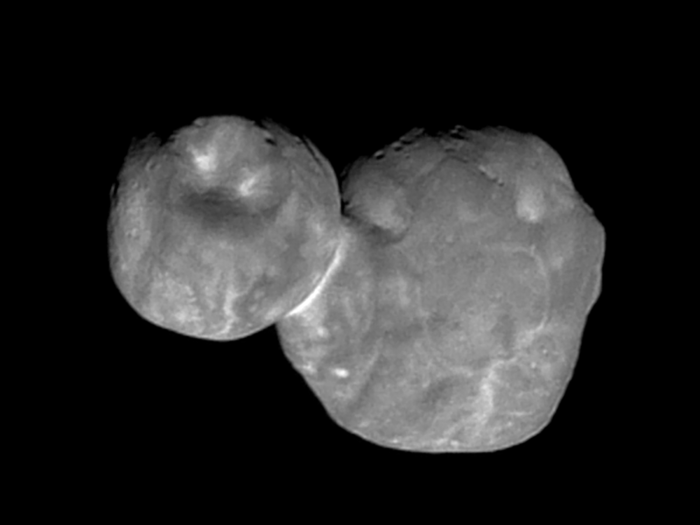
"We've never seen something like this orbiting the sun," Alan Stern, principal investigator on the New Horizons mission, said in February after the probe's initial photos were released.
Researchers created this unprecedented mosaic of the deep universe by stitching together 7,500 photos the Hubble Space Telescope took over 16 years.
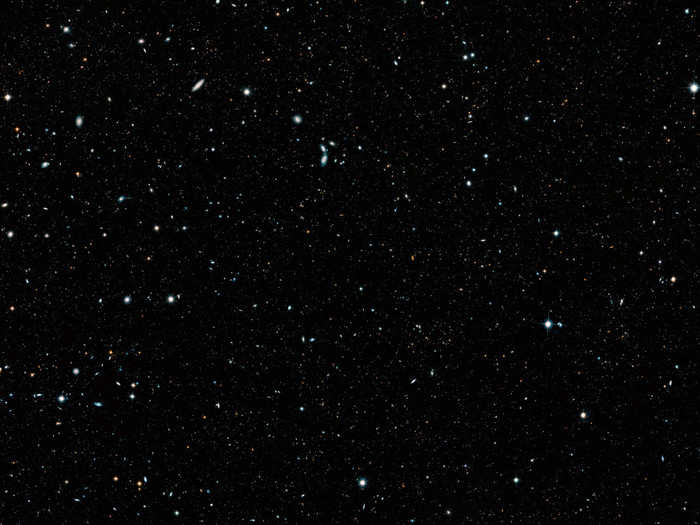
The image, published in May, contains about 265,000 visible galaxies crammed into a region smaller than the moon's apparent size in the sky.
"No image will surpass this one until future space telescopes like James Webb are launched," Garth Illingworth, an astronomer at the University of California at Santa Cruz, said in a press release.
Hubble also captured images that showcase the beauty of individual galaxies. This one is spiral-shaped like our Milky Way.
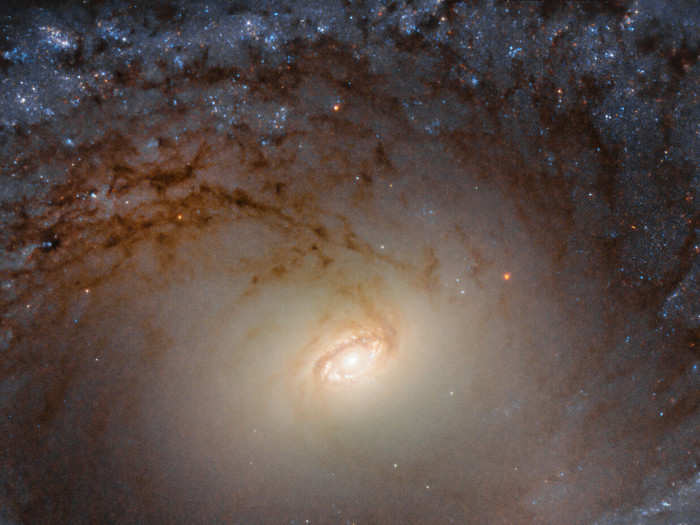
Hubble caught this galaxy in profile, giving astronomers an unprecedented look at its outermost reaches.
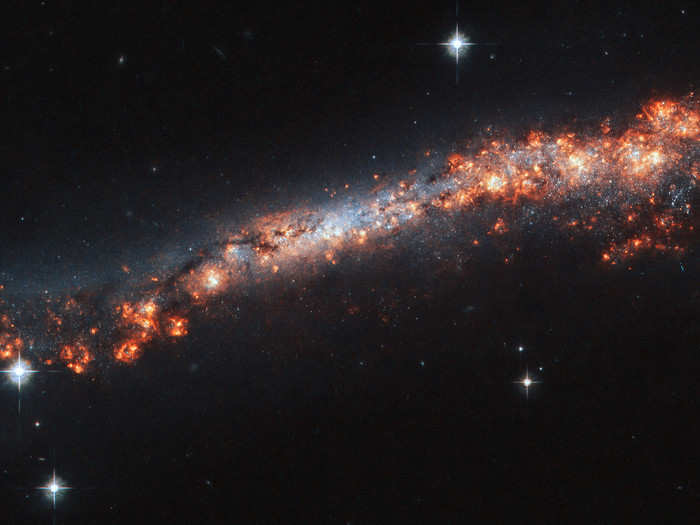
Sometimes two galaxies are better than one, especially when they fall into each other's gravitational pulls like these do.
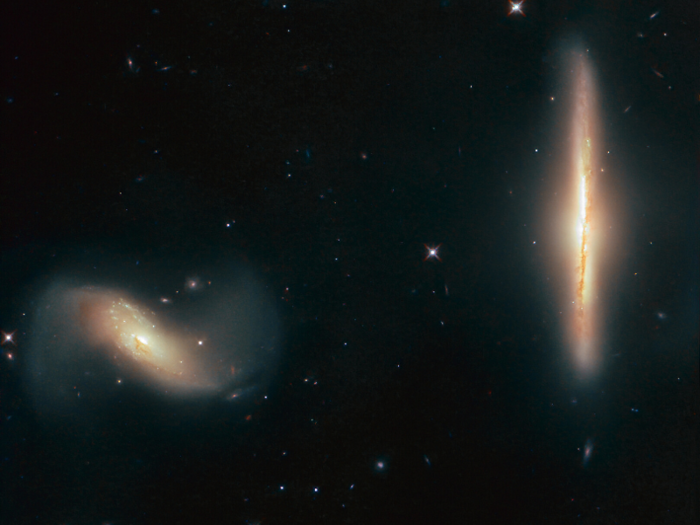
Gravitationally locked galaxies can crash into each other. This rare, violent collision creates a ring structure around the galaxies' merging cores for about 100 million years.
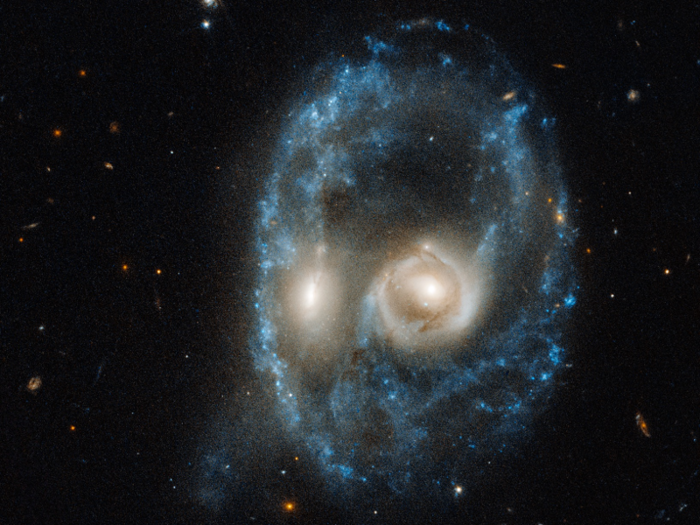
Source: NASA
Such galactic pairs eventually merge into one giant galaxy, like this one Hubble captured in October.
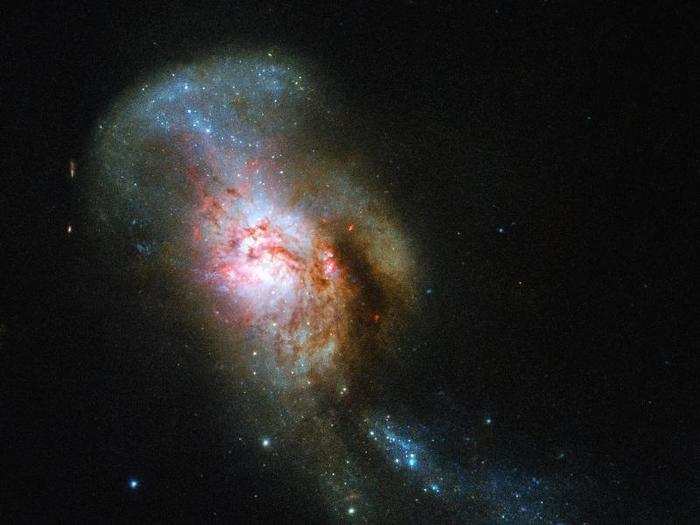
This Andy Warhol-esque portrait of the Whirlpool galaxy shows how telescopes use different wavelengths of light to see different features of cosmic objects.

The image comes from the Spitzer Space Telescope.
Closer to Earth, space telescopes also captured more familiar sights, like Jupiter's Great Red Spot, in unprecedented detail.
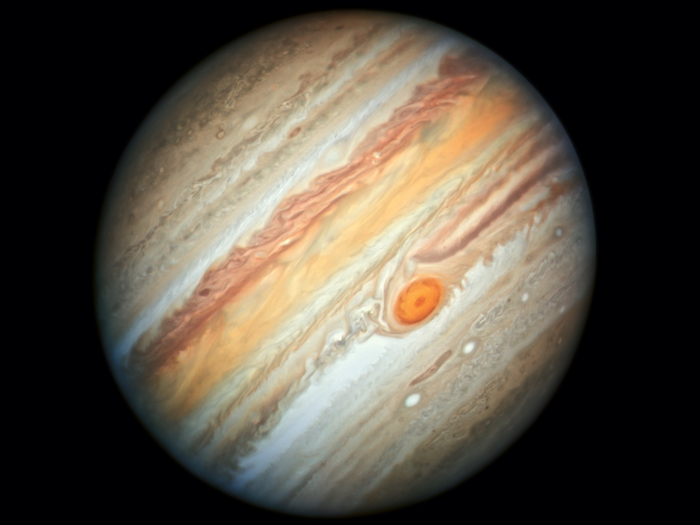
But sending spacecraft to visit planets, of course, gives us far better photos. As NASA's Juno probe continues zipping around Jupiter, it beams back images of the planet's poles — sides of the gas giant we don't often see.
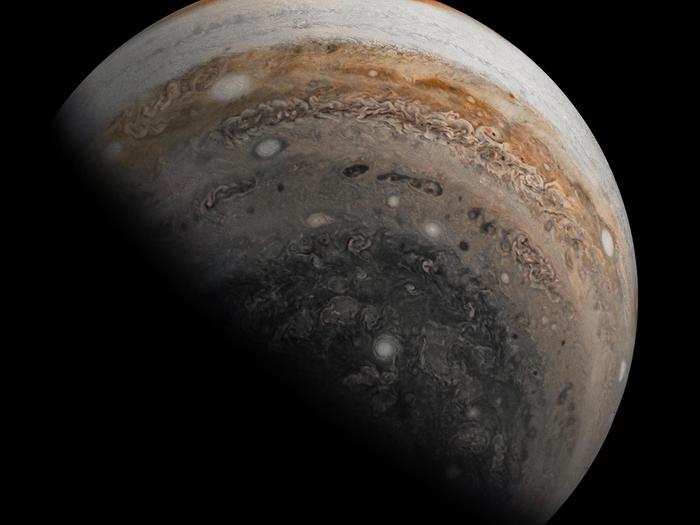
Up close, Jupiter's atmosphere can be beautifully turbulent.
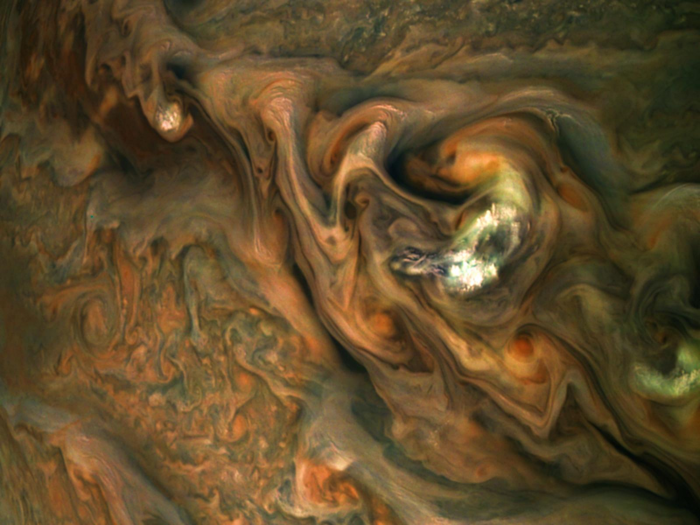
NASA's Mars Reconnaissance Orbiter has given us unprecedented close-up views of the red planet.
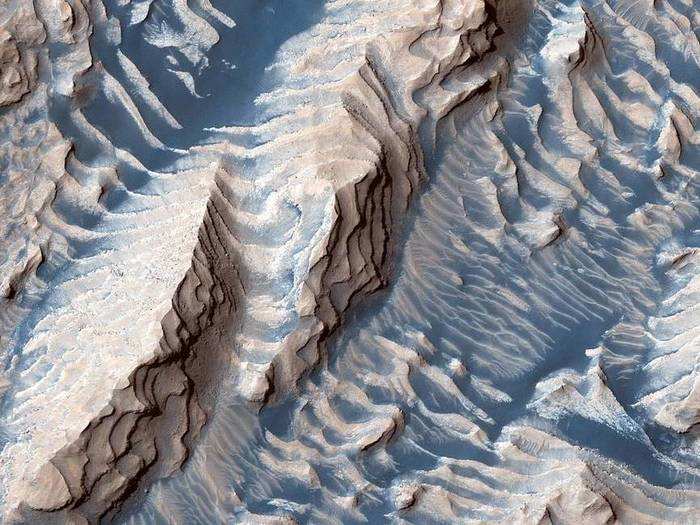
Sometimes, conditions on Mars lead frost to form, just like some chilly mornings on Earth. The Mars Reconnaissance Orbiter captured this shot of white frost on the planet's red rock in September.
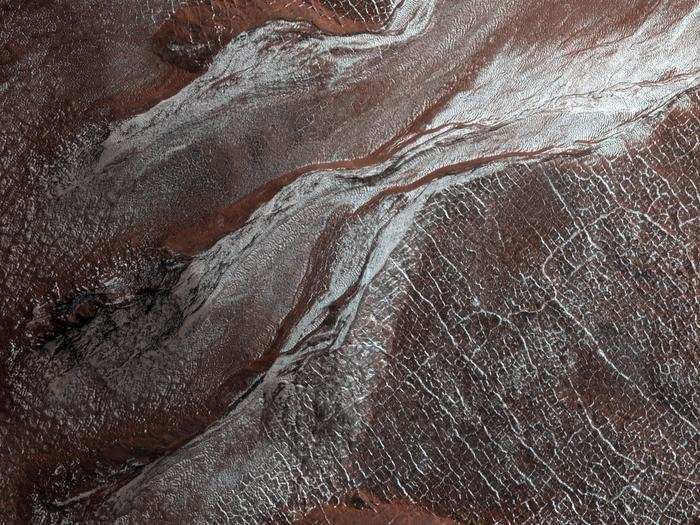
More distant planets still harbor plenty of mysteries. In February, Hubble discovered a new and enigmatic "dark tempest" on Neptune that's 6,800 miles across.
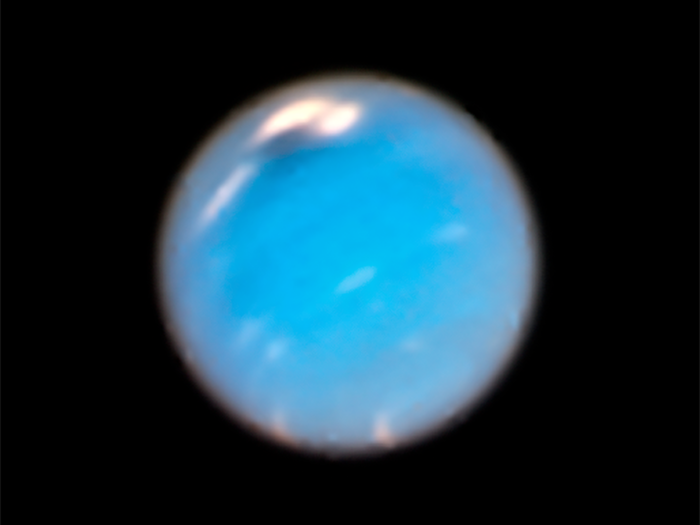
The image was taken in 2018, but scientists didn't publish the findings until earlier this year. The giant storm (the dark spot toward the top of Neptune in the image above) is so wide that it would stretch from New York City to the tip of South America on Earth.
Sometimes, space photography is all about juxtaposition. If you look closely, that tiny dot to the left of the moon in this image is Saturn.
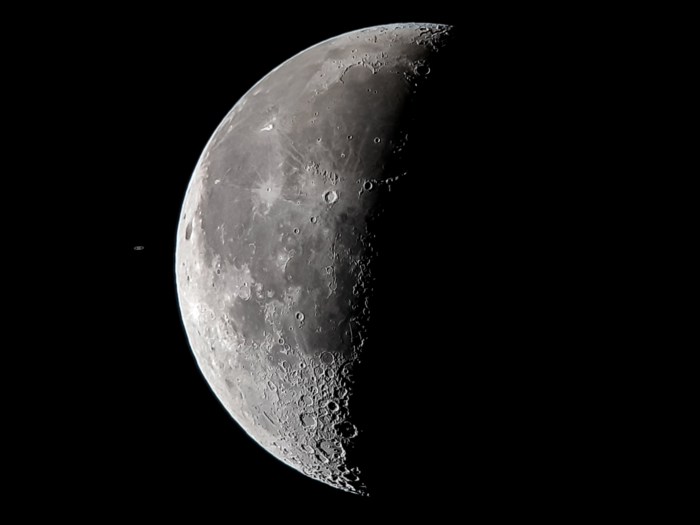
Saturn and the moon lined up perfectly in March — a relatively common yet easy-to-miss event called a conjunction. Astrophotographer Grant Petersen captured this photo using a smartphone mounted to a telescope.
Here's a more zoomed-in photo that Petersen took of the conjunction.
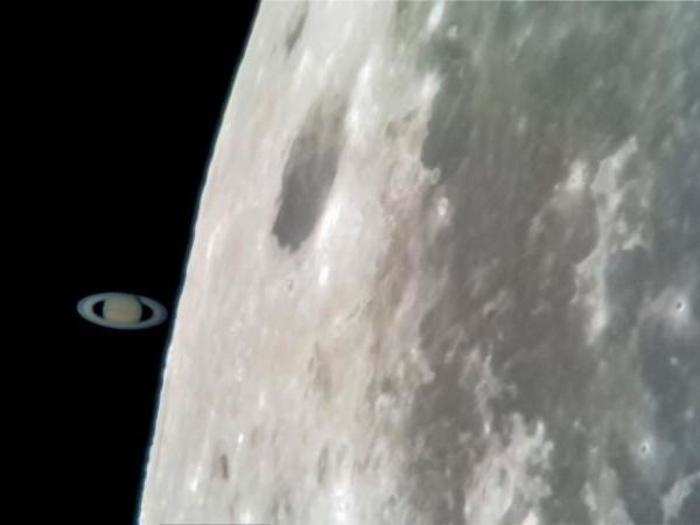
An Israeli spacecraft called Beresheet — the first attempt to put a private lunar lander on the moon — also used a captivating juxtaposition in its space selfie.
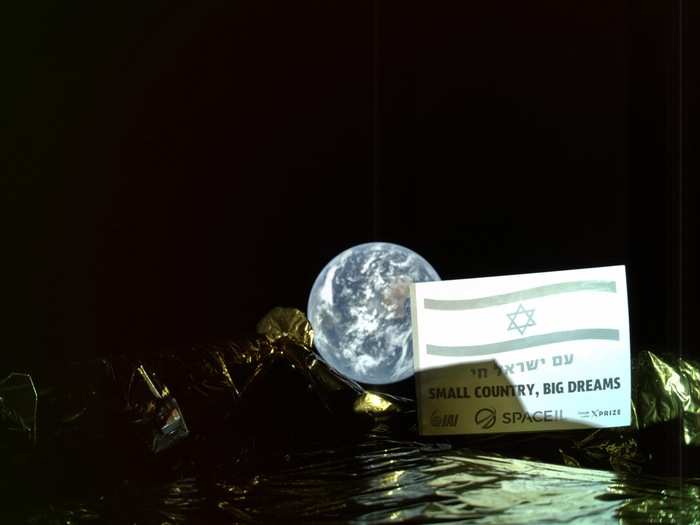
In the end, however, the mission failed. The dishwasher-sized robot smacked down into the lunar surface due to a technical glitch that caused the spacecraft's main engine to malfunction.
China's groundbreaking lunar mission succeeded, though, and gave us the first photos ever taken on the far side of the moon.
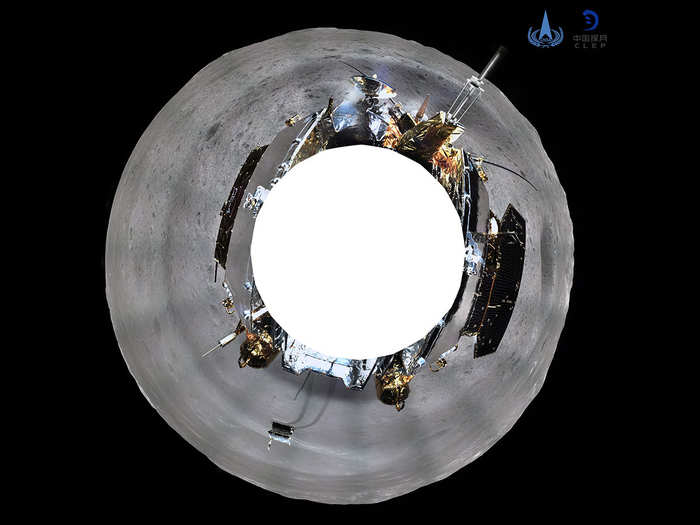
The mission, called Chang'e 4, put a lander and a rover on the moon's far side ("dark side" is a misnomer) in early January. Soon after, China released this detailed panoramic image.
This abstract-looking shot shows the launch of another spacecraft — a Russian Soyuz MS-15 — as seen from the International Space Station.
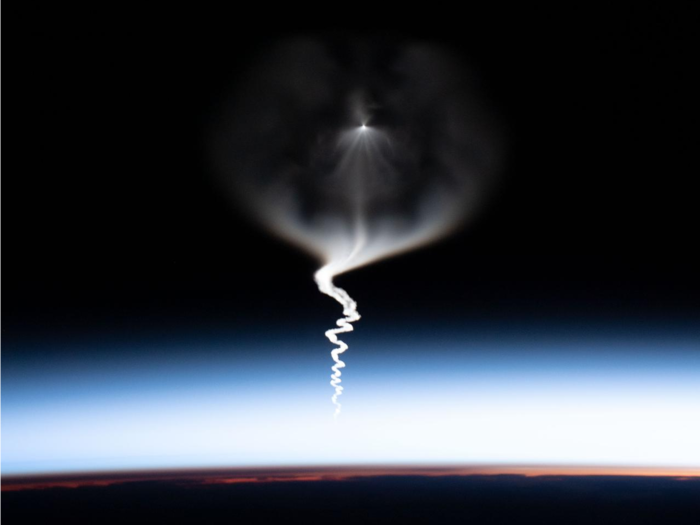
Throughout the year, space telescopes also captured images of fantastic structures of dust and gas, which sometimes birth thousands of new stars.
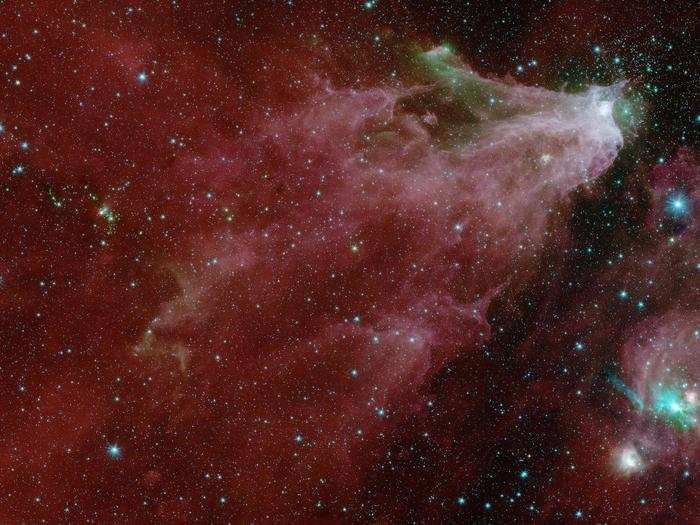
This star nursery has two "wings" — giant bubbles of hot gas blowing from the region's hottest, most massive stars.
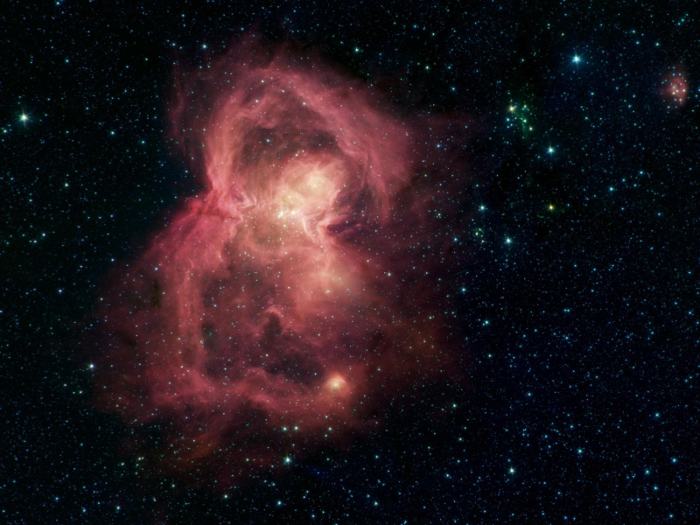
Newborn stars cluster together in strange shapes. As they get older, they drift apart.
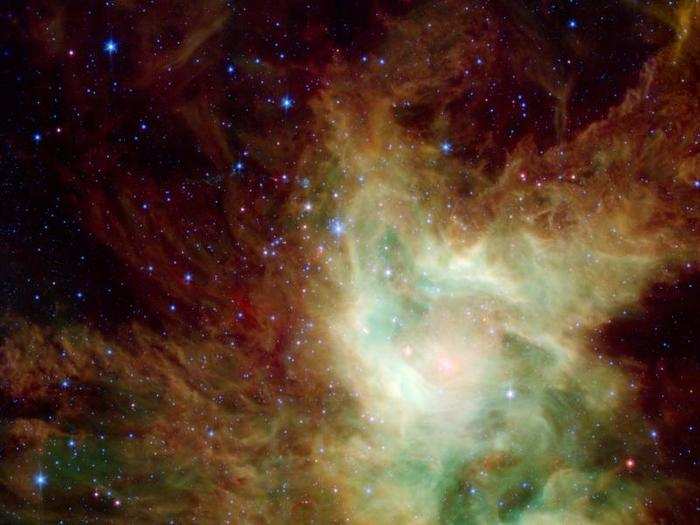
The Southern Crab Nebula's two dying stars give it an hourglass shape, since one burned-out star is attracting the material its aging companion sheds.
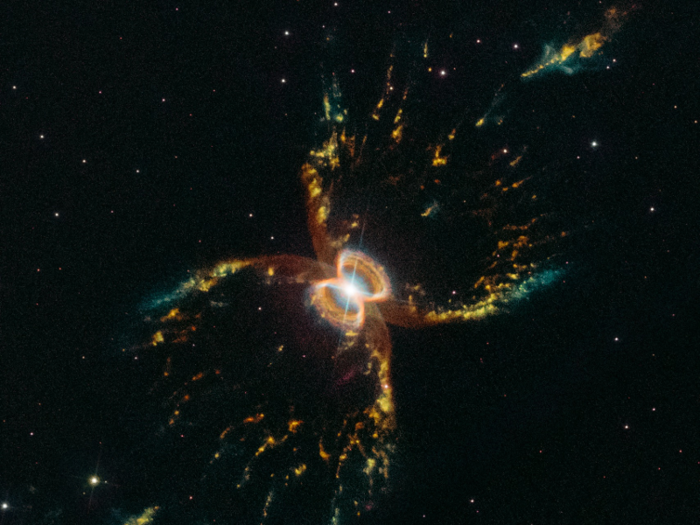
Aging stars undergo colorful, explosive deaths, like this one in the Orion constellation.
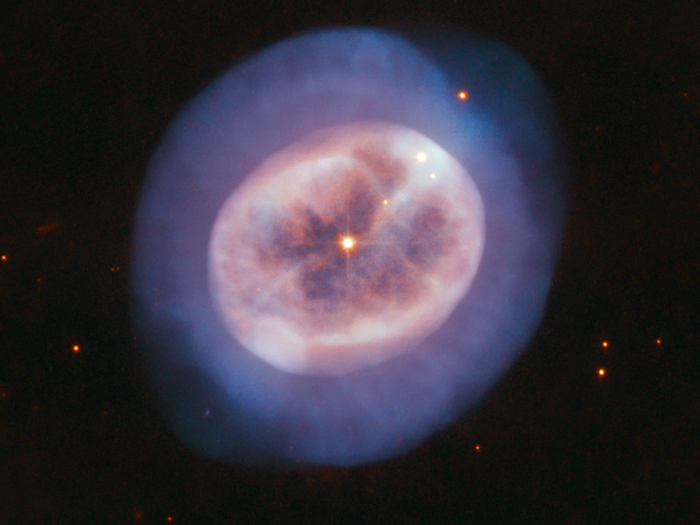
X-ray images can reveal the clumps of silicon, iron, and other elements that dying stars leave behind after they've disappeared.
Popular Right Now
Popular Keywords
Advertisement